



African Swine Fever – Keep it Out - Fencing
GLOBAL - To protect your pigs and the pig farm, it is vital to keep out new pathogens. African Swine Fever (ASF) is the latest scourge to threaten the European pig industry and this must be kept out. But it should be remembered that it is important to work as a community, write Veterinarians John Carr and Mark Howells.Government requirements would remove all pigs within a specified zone around an affected farm – this is the temporary control zone. This could be 10 km wide.
The number one source of new pathogens is an infected pig. While African Swine Fever is rapidly fatal, it is not instantaneous. The farm’s initial protection is the fence around the farm to keep pigs out. Note the term pig related to all pig products, the pig itself, saliva, faeces, urine, semen and the meat.
Back to your farm! What measures have you got in place to keep pigs out? Do you even have a perimeter fence? Do you have SOP’s to look after your first line of defence?

External perimeter fence biosecurity
Many perimeter fences on farms are only cosmetic and at most are designed to keep children out. African Swine Fever is real, it will not be deflected by smoke and mirrors.
.jpg)
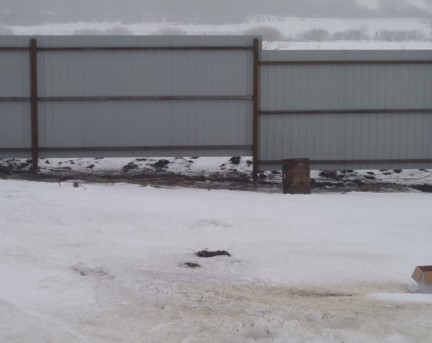
The farm’s perimeter fence should be designed to keep pigs out. Pigs are smaller than kids and they are unusual as they burrow as well as climb. Very few perimeter fences have been built with pigs in mind. The perimeter fence should be buried 18 cm into the ground, or at least be in hard contract with the ground.
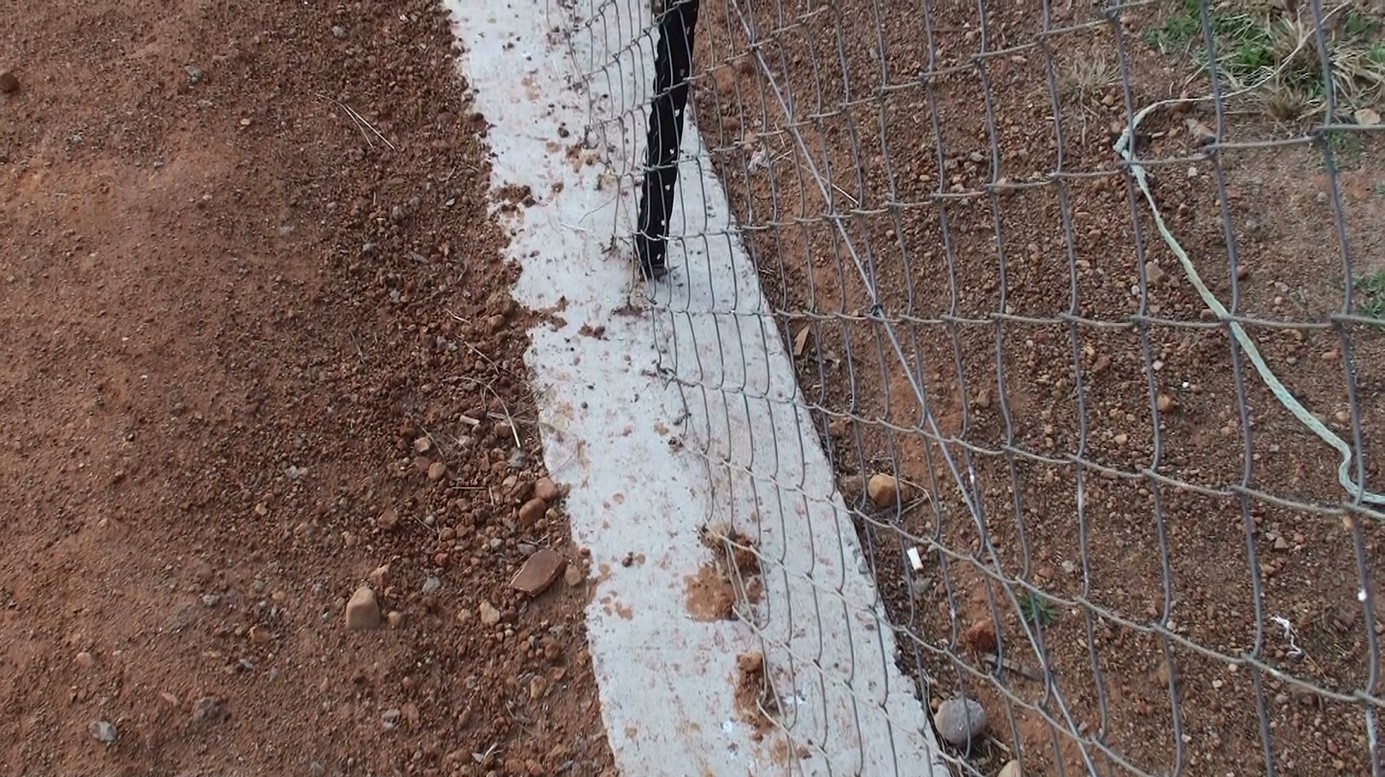
Monitoring the perimeter fence
Once you have a perimeter fence do you look after it? Many producers build a great fence, but then allow nature to grow up and hide the perimeter fence. It is vital that the perimeter fence is walked at least weekly. Keep all weeds away from the bottom of the fence.
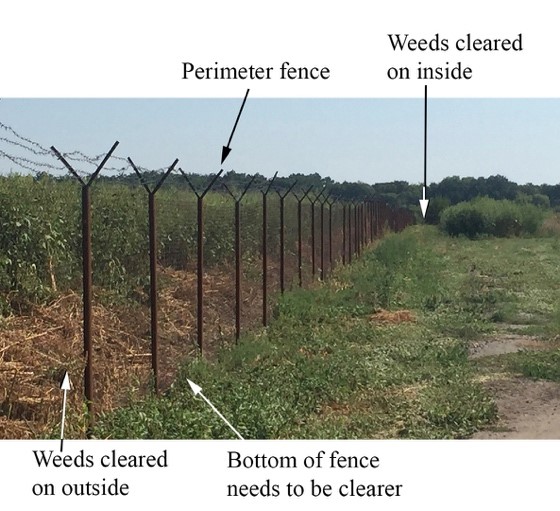
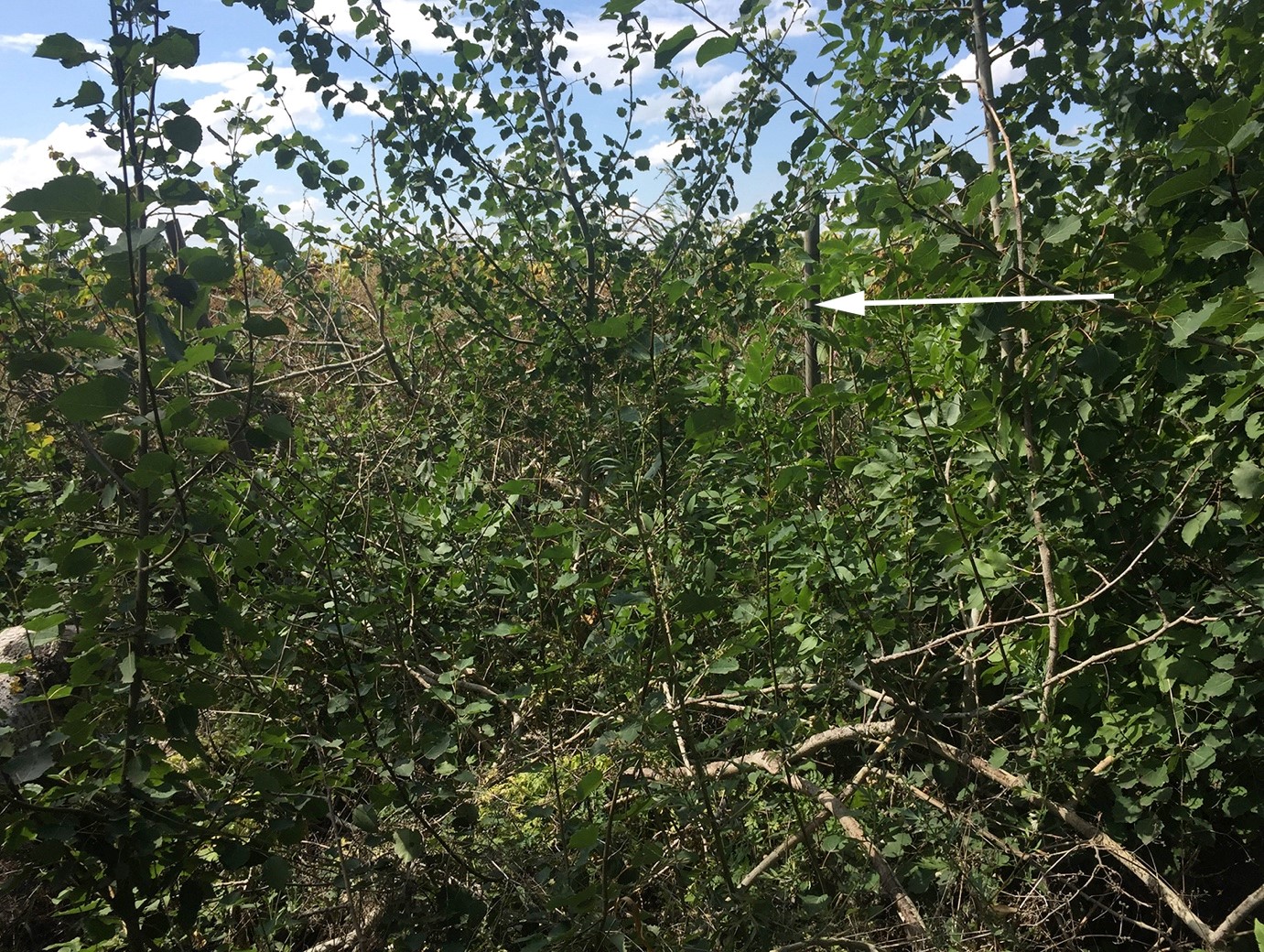
Once the bottom of the perimeter fence is visible it is essential to check for areas where the fence is broken and evidence of animal penetration into the farm has occurred.
If an animal – often dogs are entering the farm at night, there will be a track of cleared ground leading to the hole in the fence. How many other farms are these animals visiting during the night. I bet they did not observe any pig free days or shower in!
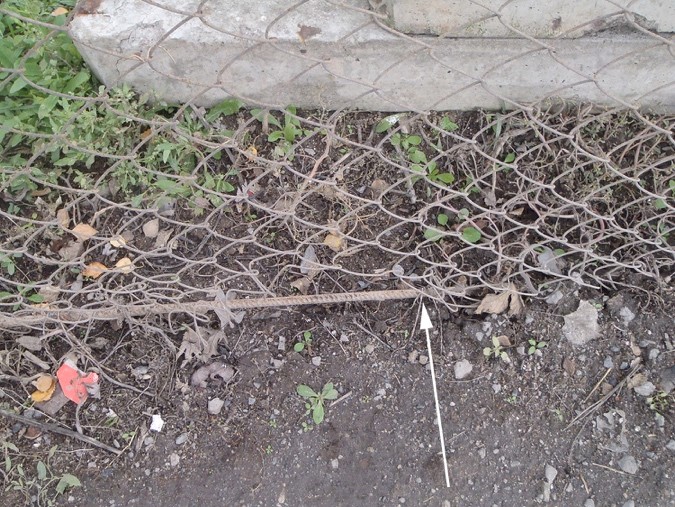
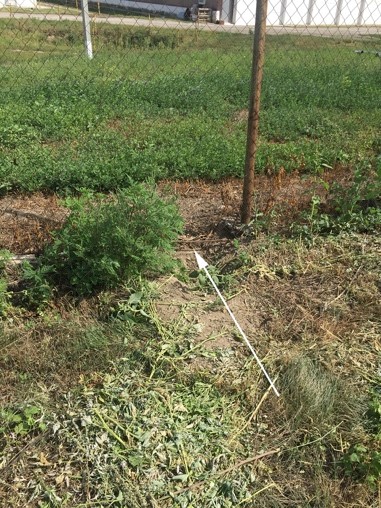
Natural holes in the perimeter fence
These are classically by the gateways were the perimeter has a natural breach to allow the gates to swing and in drainage culverts. Drainage culverts need a grill over them to stop animals using them as a natural roadway into the farm.
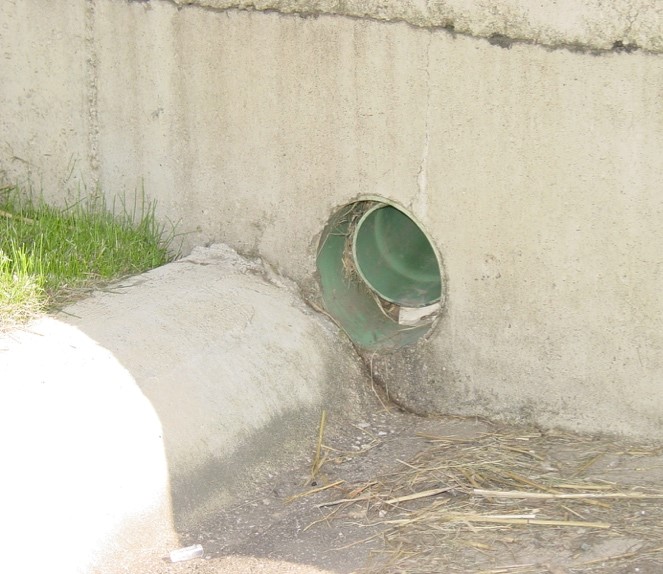
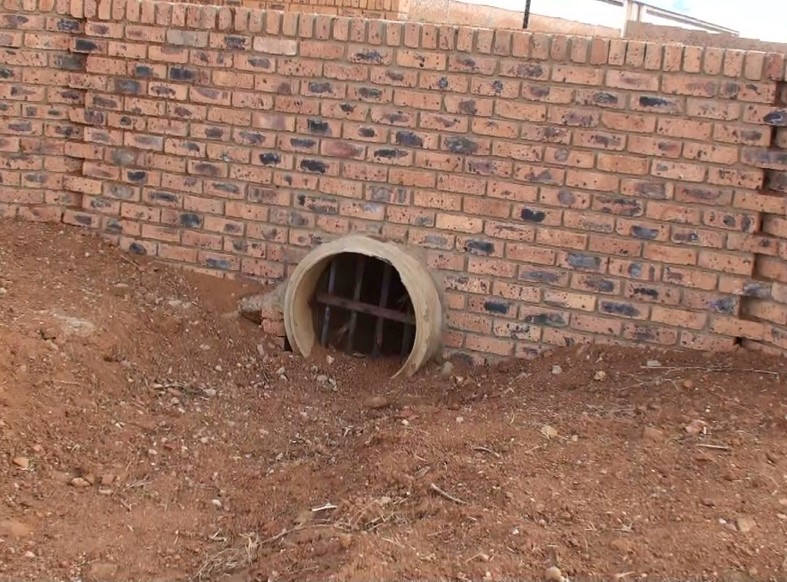
The feed bins need to be filled and ideally the feed wagons need to stay outside the perimeter fence, so the feeding needs to be able to be fed from outside the farm.
.jpg)
Respect the perimeter fence
This is a serious part of your biosecurity. Look after it, maintain it, check it.
.jpg)
Accidental breaches
Think and discuss with the farm team other routes which the pathogen could explore to invade your farm. With pathogens such as African Swine Fever, it can easily enter the farm through feed. Do not allow food containing pork products into the farm.
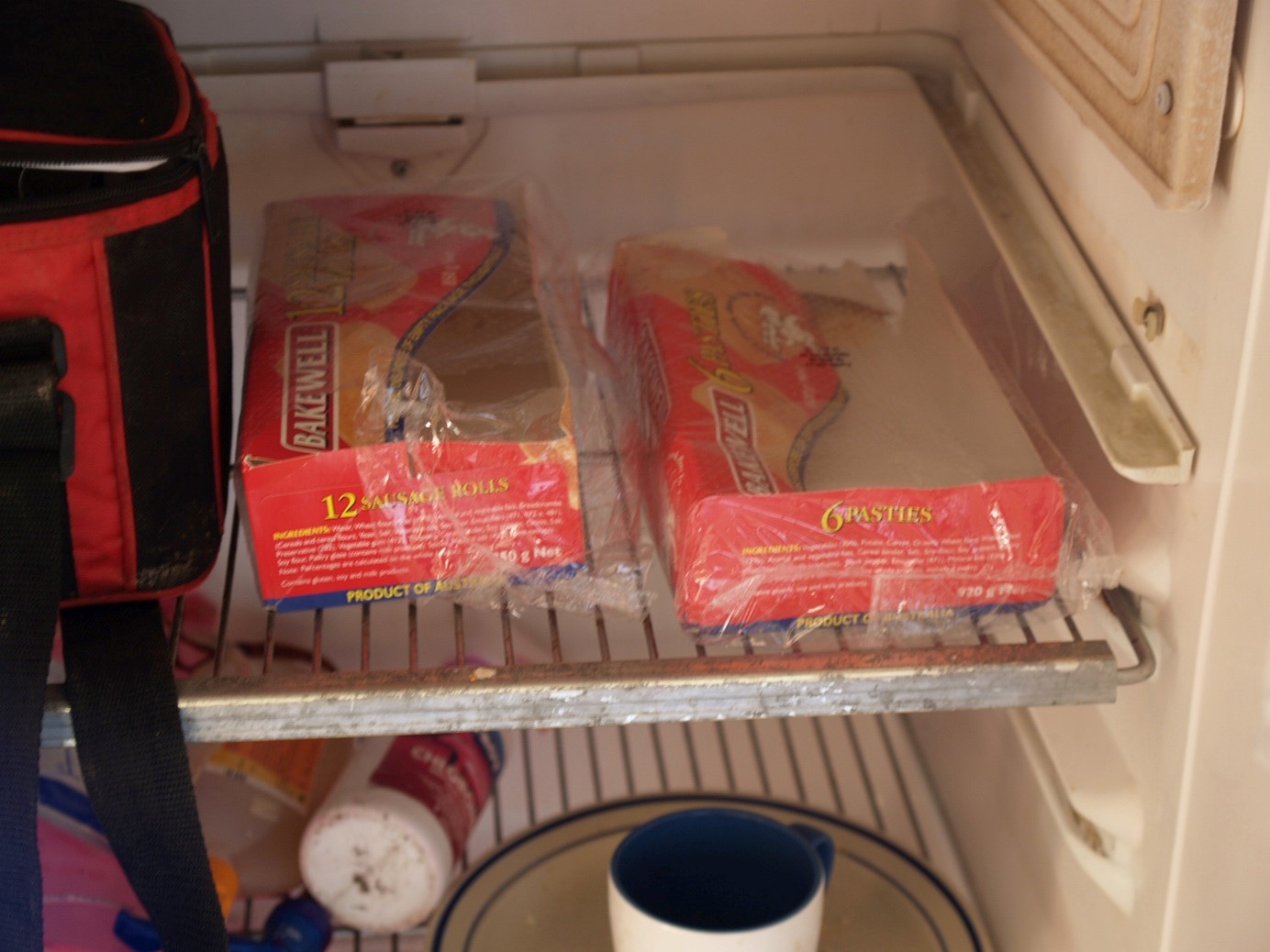
The perimeter of the farm is your first line of defence against novel pathogens.
The easiest method of control of African Swine Fever is to keep it and unwanted pigs out of the farm.
Further reading
- The Horror of African Swine Fever in Eastern Europe
- Pig Health Management (2014). Muirhead and Alexander, Ed Carr.






